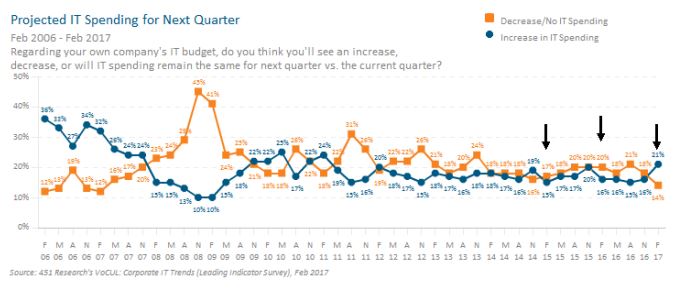Contact: Brenon Daly
Privately held software consolidator ESW Capital has continued its sweep through the ever-maturing business software market, paying a bargain price for faded enterprise communications vendor Jive Software. ESW, which serves as the family office of Trilogy Software founder Joe Liemandt, has notched more than 50 software acquisitions, mostly over the past decade. It typically acquires old-line software companies that, for one reason or another, find themselves out of step with their respective markets.
That’s certainly a description that could be applied to Jive, which was founded in 2001 and enjoyed a few bountiful days after its 2011 IPO, but has more recently found itself a bit of an orphan on Wall Street. It went public at $12 and shortly after the offering shares ran into the mid-$20s. However, the stock hasn’t been in the double digits for more than three years. As shares slumped, perhaps inevitably, acquisition rumors began surfacing around the company, with SAP and existing Jive partner Cisco named as potential buyers. (At that time, boutique bank Qatalyst Partners was rumored to be running the process. In the actual sale to ESW, Morgan Stanley, which led Jive’s 2011 IPO, is getting the print. On the other side, Atlas Technology Group advised ESW.)
Investors impatiently waited through several shifts in strategy at Jive, but recent moves hadn’t produced much growth at the company: Jive was a single-digit-percentage grower in both 2015 and 2016, while its customer count actually ticked slightly lower during that period. On the bottom line, Jive has always run in the red, although on the other side of last year’s restructuring, it has posted positive operating income.
Still, Jive’s struggles are reflected in ESW’s take-private offer. Terms call for the buyout firm to pay $5.25 for each of Jive’s roughly 79 million shares outstanding, for an announced equity value of $462m and an enterprise value of slightly more than $350m. Jive put up $204m in revenue, meaning it is being valued at just 1.7 times trailing sales in the deal, which is expected to close next month. That’s below any of the multiples paid by PE shops in erasing software vendors from US exchanges over the past year. According to 451 Research’s M&A KnowledgeBase, multiples paid in software take-privates since May 2016 have ranged from 2.3-7.9x trailing sales.
For more real-time information on tech M&A, follow us on Twitter @451TechMnA.





